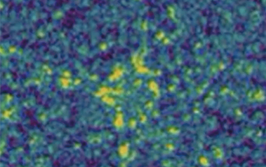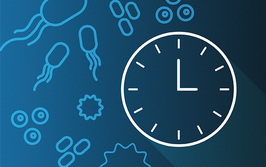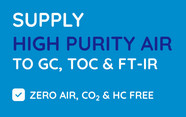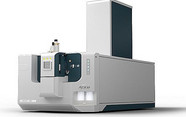Screening foods and beverages for butylated hydroxytoluene (BHT) using automated headspace–trap GC–MS

contributed by Markes International Ltd |
Screening foods and beverages for butylated hydroxytoluene (BHT) using automated headspace–trap GC–MS
This study shows that headspace samples acquired on the new Centri<sup>®</sup> automated multimode sampling and concentration system for gas chromatography–mass spectrometry (GC–MS) can be used to screen food and beverages for trace-level additives. A breakfast cereal and a tea infusion were investigated, and the antioxidant BHT detected in both samples at the ng/g level, along with a range of aroma compounds.
Butylated hydroxytoluene (BHT, 3,5-di-tert-butyl-4-hydroxytoluene) is one of a number of antioxidants added to foodstuffs to slow down the rate of oxidation processes that are a major factor in spoilage. It is also widely used as an antioxidant in cosmetics, pharmaceuticals and industrial oils. Although classified by the US Food and Drug Administration as ‘GRAS’ (generally recognised as safe), the use of BHT in food is the subject of some concern because of uncertainties over health risks, and this has led to a need for continued monitoring.
In this study we demonstrate the fully automated sampling and detection of BHT in two foodstuffs (a rice-based breakfast cereal and an infusion of black tea) using syringe headspace sampling with trap-based focusing on the new Centri automated multi-mode platform, in conjunction with GC–MS.
Log in or register to read this article in full and gain access to The Analytical Scientist’s entire content archive. It’s FREE!

















